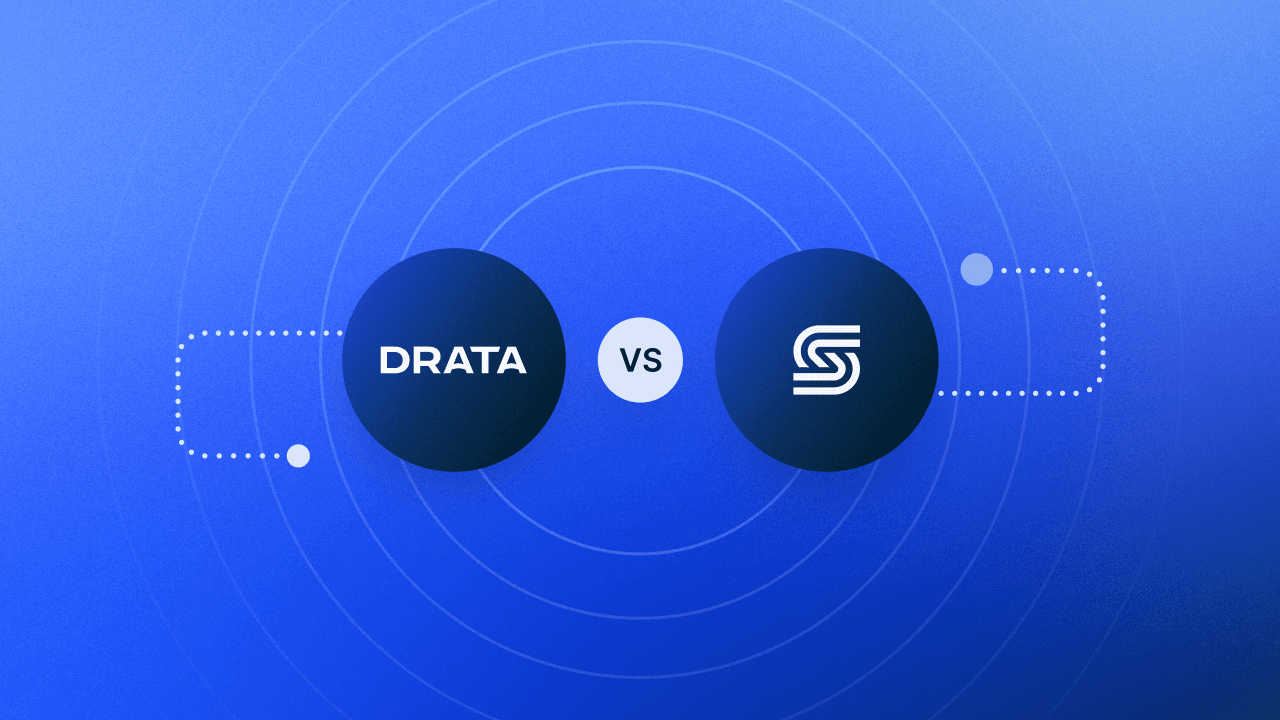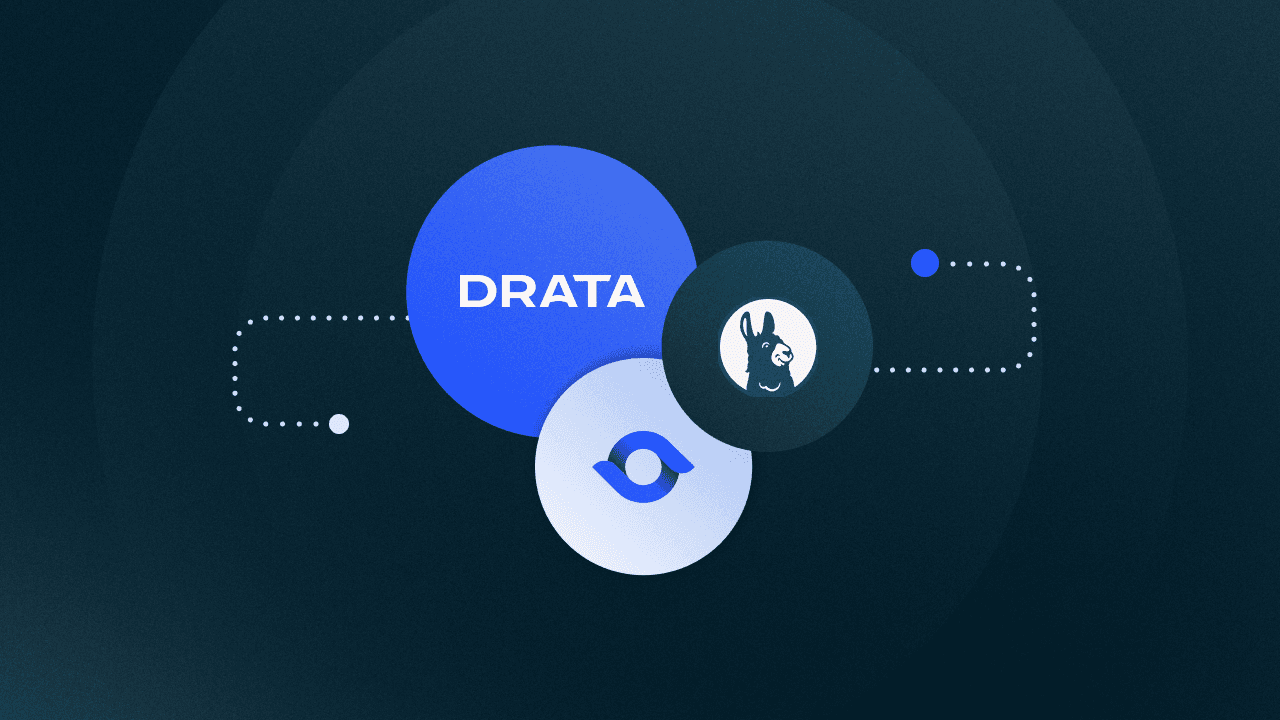Penetration Testing vs. Vulnerability Scanning: What’s the Difference?
Learn the differences between vulnerability scanning and penetration testing to make the best choice for your organization’s needs.
On average, it takes organizations 191 days to identify data breaches with the cost of a typical breach being $3.86 million. These trends make it obvious why there’s an increased interest within organizations to test and improve their security programs.
With that said, vulnerability scanning and penetration testing are often confused, but these processes serve different purposes. Keep reading this post to understand both concepts, their differences, and how to choose the right one for your organization.
What is Penetration Testing?
A penetration test (pen test) is a set of activities performed by trained security experts to help an organization identify and assess the vulnerabilities in its applications, network infrastructure, and physical security barriers. These experts can either be part of the organization’s internal team or hired from a third-party company.
What is Vulnerability Scanning?
Vulnerability scans consist of computer programs that scan your network, system, or application to identify weaknesses. Scans are often automated and can be scheduled to run at a specific time or frequency.
They can be executed quickly and cost less than penetration testing—making them a cost-effective way of assessing your IT environment. Vulnerability scans can also provide a baseline for understanding the security posture of your network and identifying emerging threats.
This process needs to be performed continuously in order to keep up with new systems being added to networks, system changes, and the discovery of new vulnerabilities over time.
Key Differences
Let’s take a closer look at what purpose each of these concepts serves.
Pen testing involves both manual and automated activities to verify vulnerabilities. While pen testing simulates attacks that are targeted at specific vulnerabilities in applications and systems, vulnerability scanning is more generic and looks for weaknesses in applications and systems using automated tools.
Since vulnerability scanning uses automated tools to assess systems for known vulnerabilities, it’s a high-level approach to identify potential threats. Penetration testing is considered a more in-depth and thorough approach to evaluate security and threat management practices.
Choosing the Right One for Your Organization
If you’re still struggling to understand what to select for your company, here’s a quick overview of the pros and cons associated with each.
Penetration testing is an effective way to get a comprehensive look at your company’s security and usually includes vulnerability scanning as the first part of the engagement. It gives you a detailed report of potential vulnerabilities and how much damage they could do, allowing you to prioritize fixes based on risk level. You’ll also receive recommendations for ways to secure your systems so that these types of attacks are less likely in the future.
If you have the budget, this can be an excellent way to make sure you’re as secure as possible. Unfortunately, penetration testing requires a lot of time and money. Plus, since it’s manual work, it has to be done again every time there are changes in your system or when new security threats come up.
Vulnerability scanning gives you a view of potential holes in your security without going into detail about what those holes might be or how much damage they could cause. It can provide information on general things that should be fixed and require attention, but it won’t give specific recommendations on how to do so.
Scans can run automatically and you can set them on a continuous, weekly, monthly, or quarterly basis. This giving you up-to-date information about new problems without any extra work from you. Since vulnerability scanning provides less insight than penetration testing and requires no manual work, it costs significantly less than penetration testing.
Security Frameworks That Require Them
Before you figure out what the right choice is for your organization, you need to know what’s required of you. Some frameworks require the use of one of these methods or encourage the use of one or both of them to prove compliance.
Regulatory compliance frameworks including NIST, PCI, FFIEC, and NYDFS (23 NYCRR 500) require regular penetration testing to be compliant. Frameworks that require periodic vulnerability scans include ISO 27001, PCI DSS, and NIST.
In addition, there are security frameworks that require proof of a vulnerability program or identification process which can be achieved through vulnerability scanning.
Ready to put compliance on autopilot?
Compliance automation can help eliminate hundreds of hours of manual work and spreadsheets that are often needed to achieve and maintain SOC 2 compliance. Get in touch with our team to schedule a demo and see how Drata can help.







